Optimal Timing for Waterproofing Applications
Waterproofing is a critical process to prevent water intrusion and protect structures from moisture-related damage. The timing of waterproofing applications can significantly impact their effectiveness and longevity. Proper scheduling ensures that materials adhere well and that weather conditions do not compromise the application process.
Spring and early summer are ideal due to moderate temperatures and low humidity, which facilitate proper curing and adhesion of waterproofing materials.
Avoid waterproofing during freezing temperatures, heavy rain, or high humidity, as these conditions can hinder application and reduce effectiveness.
Ensure surfaces are clean, dry, and free of debris before application. Proper preparation enhances adhesion and durability.
Seasonal fluctuations can affect waterproofing performance; scheduling during stable weather minimizes risks of failure.
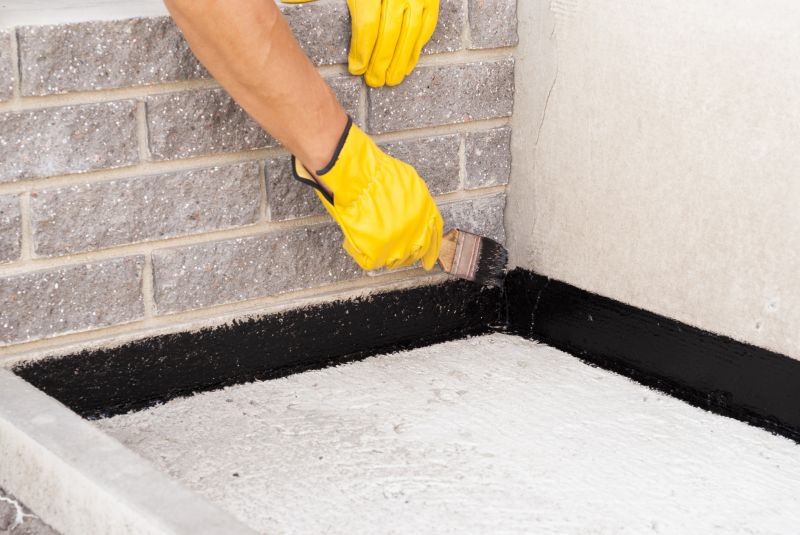
Properly timed waterproofing during spring ensures optimal curing conditions.
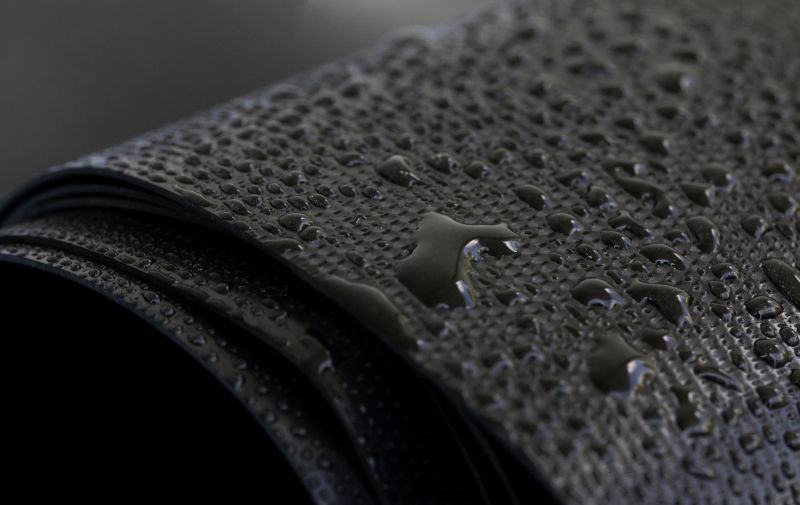
Ideal weather minimizes risks of application failure.

Clean and dry surfaces improve adhesion.
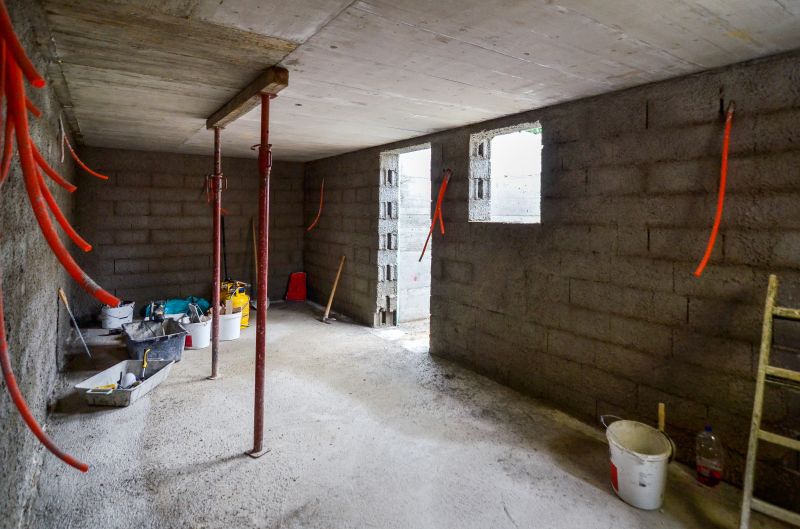
Ways to make Waterproofings work in tight or awkward layouts.
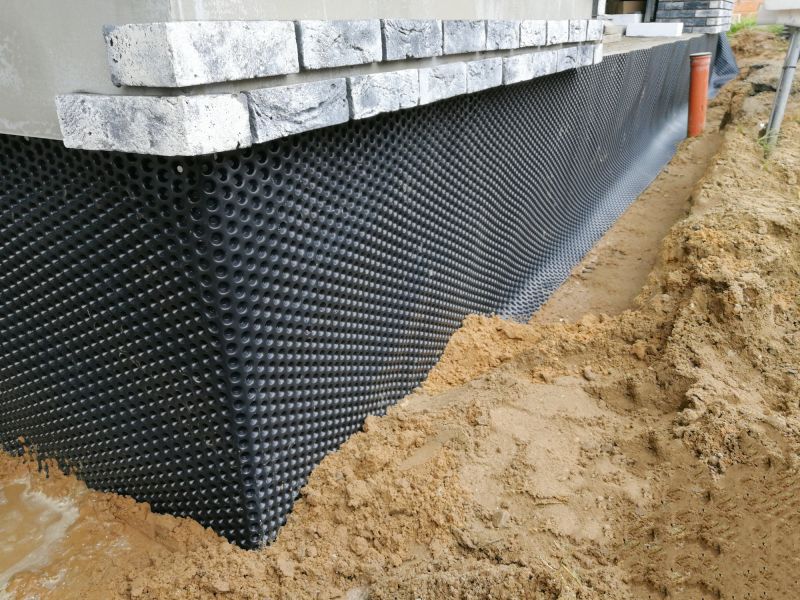
Popular materials for Waterproofings and why they hold up over time.
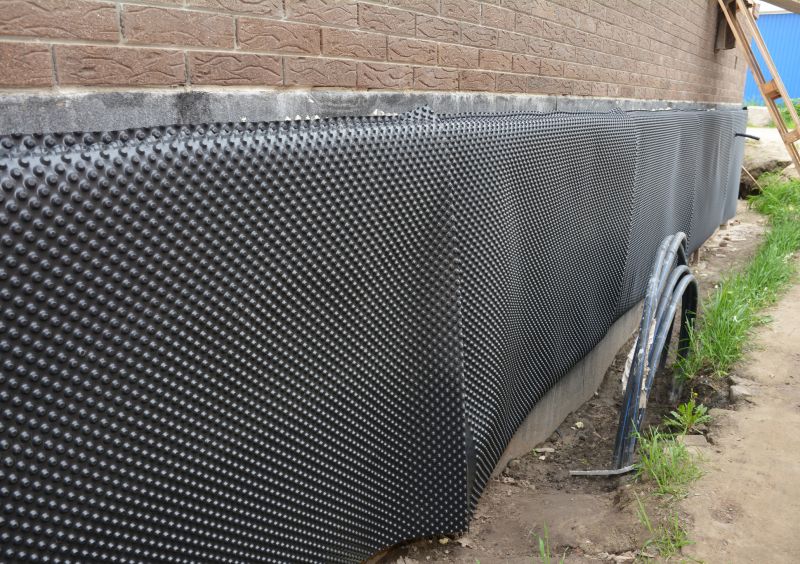
Simple add-ons that improve Waterproofings without blowing the budget.
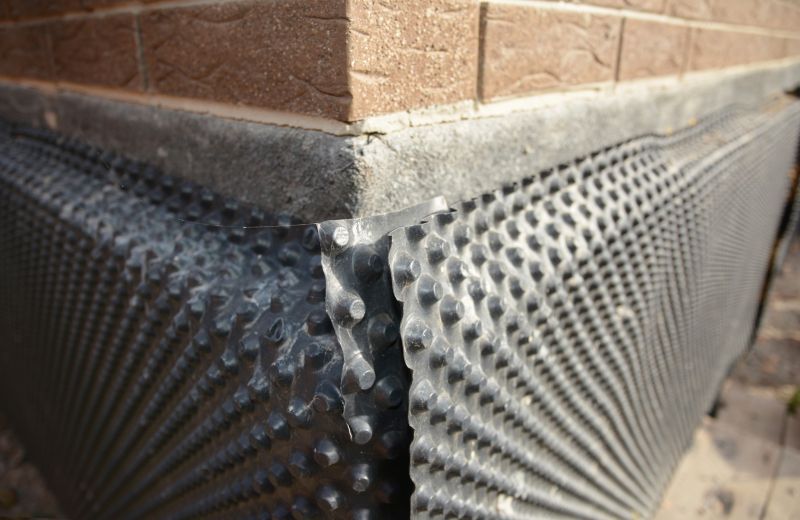
High-end options that actually feel worth it for Waterproofings.

Finishes and colors that play nicely with Waterproofings.
| Season | Recommended Activities |
|---|---|
| Spring | Ideal for waterproofing due to moderate temperatures and low humidity. |
| Summer | Suitable if early morning or late evening applications are done to avoid heat. |
| Fall | Good for waterproofing before winter, provided weather is dry. |
| Winter | Not recommended due to freezing temperatures and potential moisture issues. |
Waterproofings involve applying specialized materials designed to resist water penetration. These materials include liquid membranes, bituminous coatings, and sealants, each suited for different applications and structures. Proper timing ensures these materials perform as intended, providing effective moisture barriers that protect foundations, roofs, and walls.
Statistics indicate that waterproofing failures often result from improper timing and application conditions. Studies show that structures waterproofed during optimal seasons experience fewer issues related to water ingress and require less frequent repairs. Correct scheduling combined with quality materials significantly enhances the durability of waterproofing solutions.
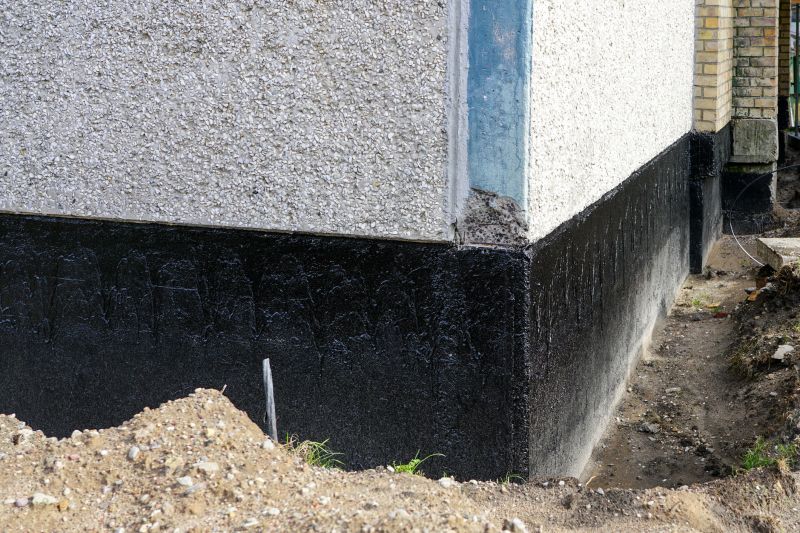
Application process during ideal weather conditions.
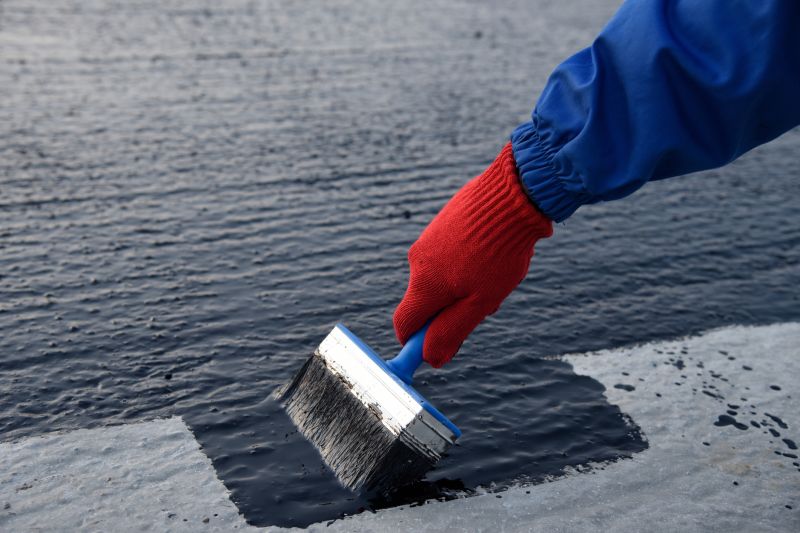
Equipment used for effective waterproofing application.
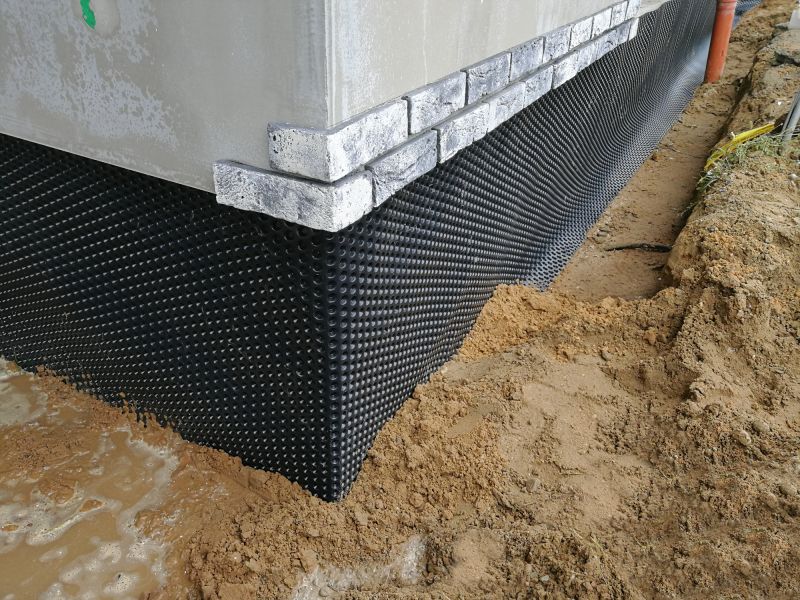
Completed waterproofing with optimal curing.
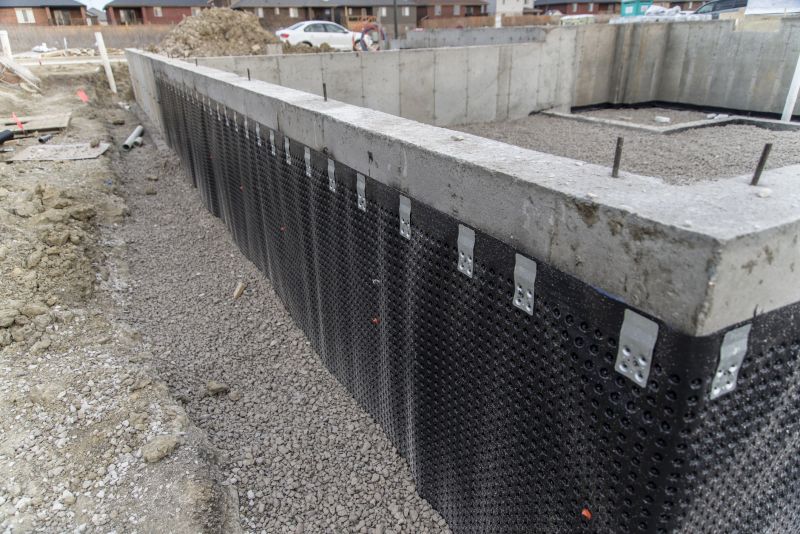
Ensuring suitable conditions before application.
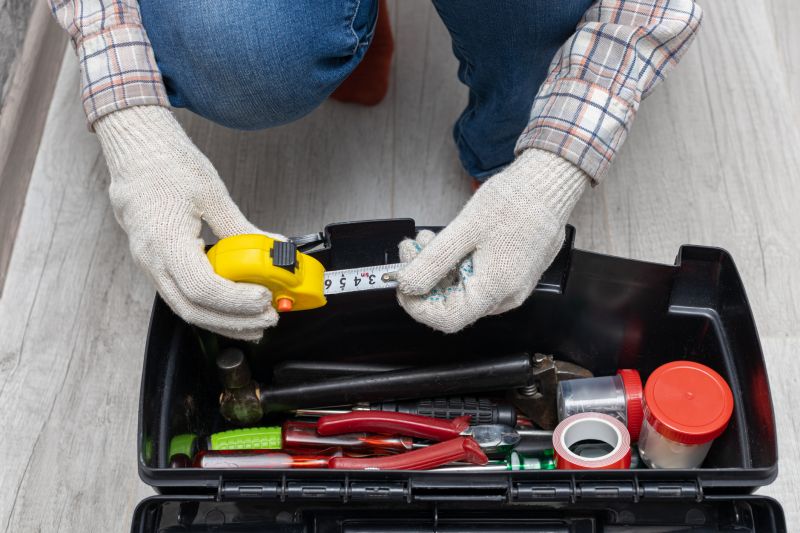
Little measurements that prevent headaches on Waterproofings day.
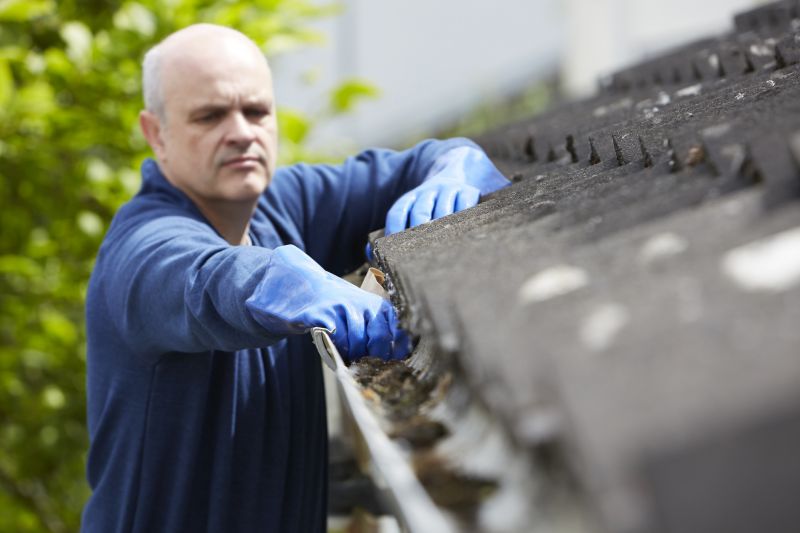
A 60-second routine that keeps Waterproofings looking new.
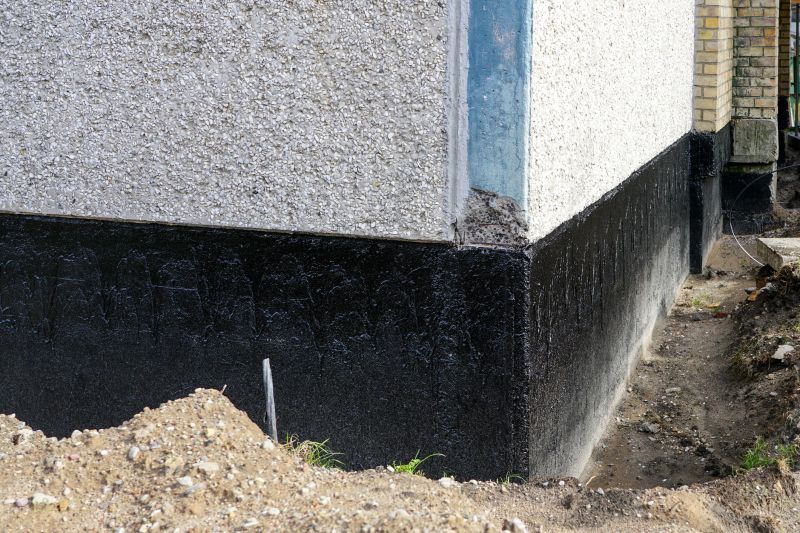
A frequent mistake in Waterproofings and how to dodge it.

Small tweaks to make Waterproofings safer and easier to use.
Interested parties are encouraged to contact for more information about waterproofing options and scheduling. Proper timing and application techniques are key to ensuring long-lasting moisture protection for structures.

